How to Define Your Personal Style in 6 Steps
What is a Personal Style?
Style is personal. It reflects your unique personality and preferences. Here are some general steps that you can follow to help you get started.
Have you ever seen someone who just seemed put together? Like every single thing they were wearing was designed to be worn with everything else? It’s likely that they have developed a cohesive personal style that just seems to suit them. A personal style is incredibly beneficial; it makes you memorable, confident, and interesting.

Step 1: Determine your personal style archetype.
There are a few different ways to determine your personal style archetype. One way is to think about the characters you identify with most in films, TV, and books. Once you have your archetype in mind, you can start to think about what kinds of clothing, accessories, and makeup choices would best suit that character. You don’t have to dress up in costume. You just need to sort of know what vibe you’re looking for.
Another way to determine your personal style archetype is to consider the people whose fashion sense you admire. Is there someone whose style you’ve always wanted to emulate? If so, take a cue from their wardrobe and try to incorporate some of their signature pieces into your own look. Once you have a general idea of the kind of style you want to achieve, it’s time to move on to the next step.
Step 2: Create a mood board.
A mood board is a great way to get a better idea of the look and feel you’re going for. Collect images of your style archetype from TV, movies, magazines, and the internet, and paste them onto a poster or board. This will help you to get a better understanding of the colors, textures, and overall vibe you want to achieve with your personal style.
Step 3: Identify your signature styles.
Fashion styles mix things up and it’s their job to try out new fabrics, styles and accessory combinations. It’s fun and you can experiment whenever you like. On the other hand, in image consulting we help you go for the look you want and the message you want to project. We design your wardrobe to last several years and still look fresh and fashionable.
When you create a signature style just think of the top- to- toe look you want to create. Most people across the world gravitate towards one or two of the seven universal styles and luckily fashion accommodates all seven:
Romantic, Classic Elegant, Classic Traditional, Natural, Dramatic/High Fashion, Creative, Alluring.
Take a close look at your mood board. If possible, label the images from the styles above and assess if you actually do have a dominant style right now. Some people identify with several or even all of them. This indicates that they haven’t developed a “signature style” and that’s fine if they like variety and enjoy the way they dress.
Step 4: Choose your outfits to suit your values and your lifestyle.
If however you like many different styles and you are a professional person, there is a danger that the messages you send to others may be confused, and your “personal brand” may not be clear. This is easy to fix if you want a signature style.
Here is what you value or the elements in clothing that are important to you.
- Classic Elegant: Polish, status, refinement, quality fabrics and details, lasting fashion, appropriateness.
- Classic Traditional: Long lasting styles and fabrics, quality, neat, conventional, understated, correct, timeless.
- Romantic: Femininity, pretty, graceful, girlish, youthful, soft, light and airy, dainty.
- Natural: Comfort, convenience, sporty, action, ease and easy, free, non-restricting, wash and wear.
- Dramatic/High Fashion: Being noticed, bold, experimental, carefree, current, stand out from the crowd.
- Creative: Individuality, unique, flout convention, different, not mainstream, unexpected, elements of costume or vintage, off-beat.
- Alluring: Showing skin, proud of curves and best assets, sexy, fearless, attractive, exercise or sports are important.
Answer these questions to clarify the style or styles you really like; the styles that suit your lifestyle and the signature style or styles you aspire to.
- What are the messages you want to say about yourself?
- Which outfits in your mood board match those messages?
- How much of your clothing in your wardrobe now matches the style you aspire to?
- What do you need to change?
Step 5: Modify your chosen styles to suit YOU.
Many people want to try out their signature style but don’t quite know if they can pull off the entire, top- to- toe look. The secret is to inject your personality into the style and adapt it to fit your own taste. For example, you might love green beaded boots, a plunging neckline or a pink hairstyle but it might not go down too well in your company! It’s entirely possible to keep the basic message but modify some details to fit the needs of a professional environment.
Romantic
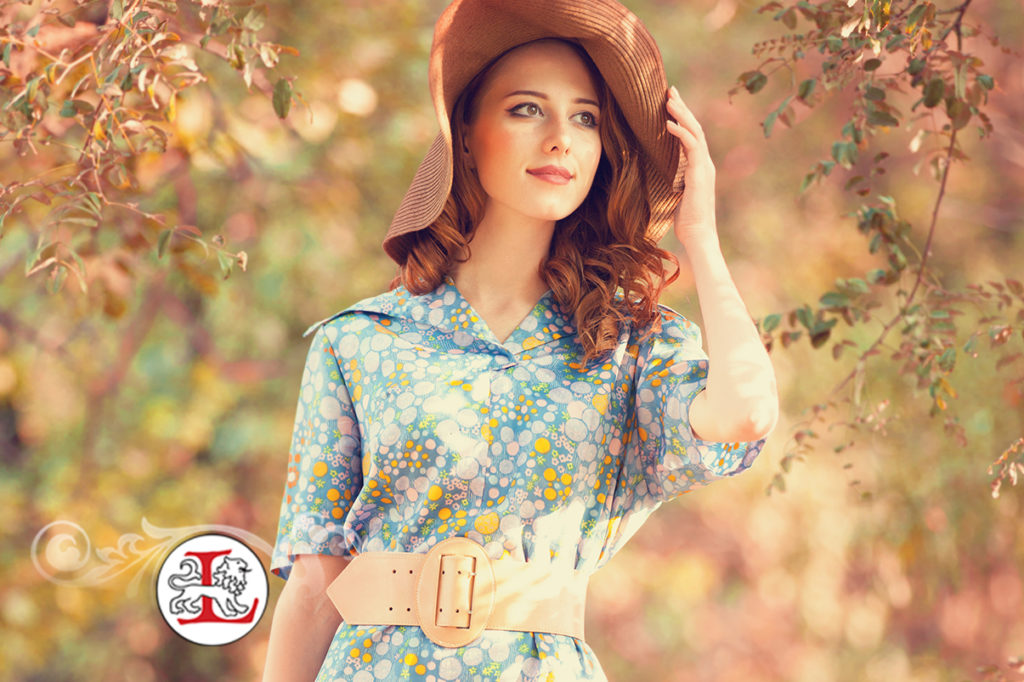
You value your femininity. Yes, keep the softly tailored blouses and lovely florals but scale down the ruffles and bows. Try A-line dresses and curved edges to jackets and cardigans.
Classic Elegant

You value status. No need to be quite such a perfectionist as you are already known as classy! Add in some creative elements and interesting accessories to your outfits.
Classic Traditional
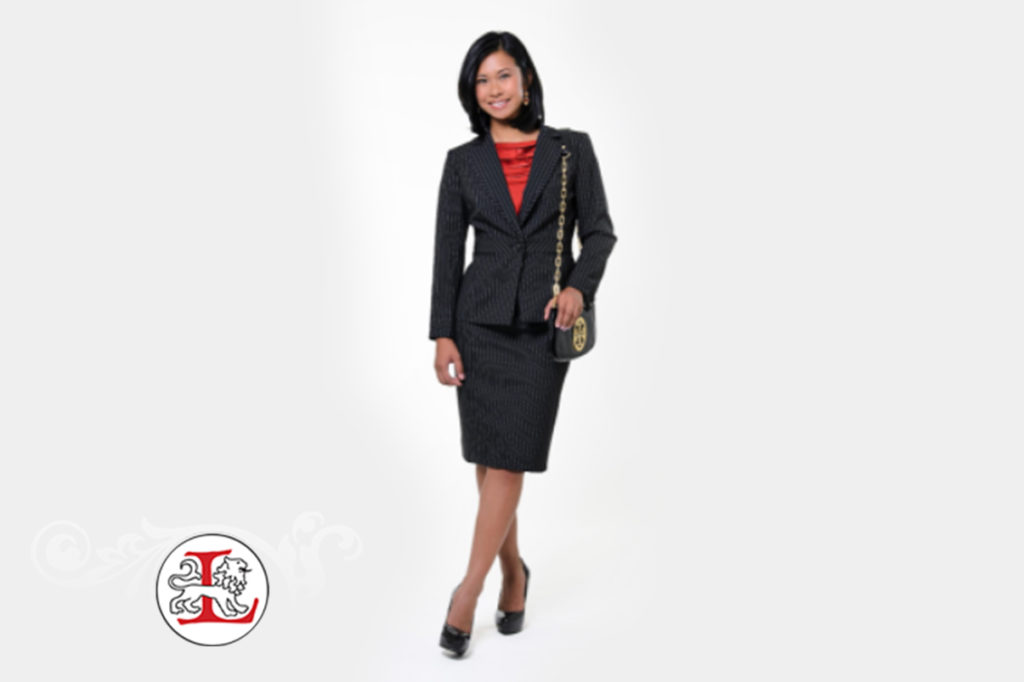
You value quality. Add interesting color combinations and fashionable colors to your outfits. Hem skirts to a more fashionable length; take in trousers for a sleeker silhouette. Go for a fashionable hairstyle and a polished makeup.
Natural
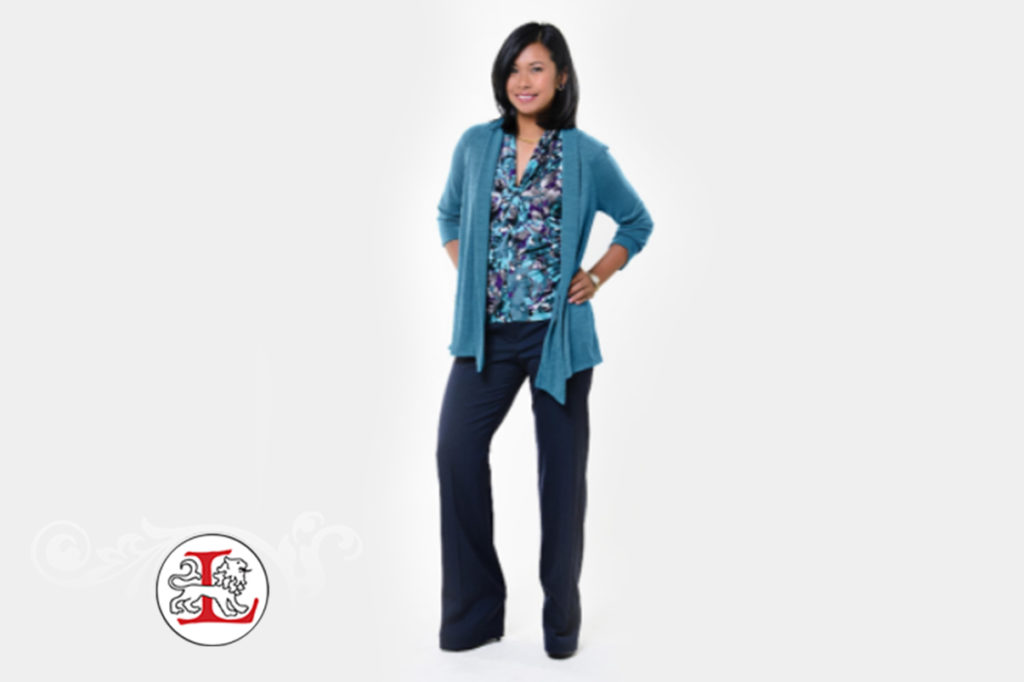
You value comfort. Alter the fit from overly comfortable to a more streamlined fit. Instead of basic natural colors, add in colors and prints with more pizazz.
Dramatic/High Fashion
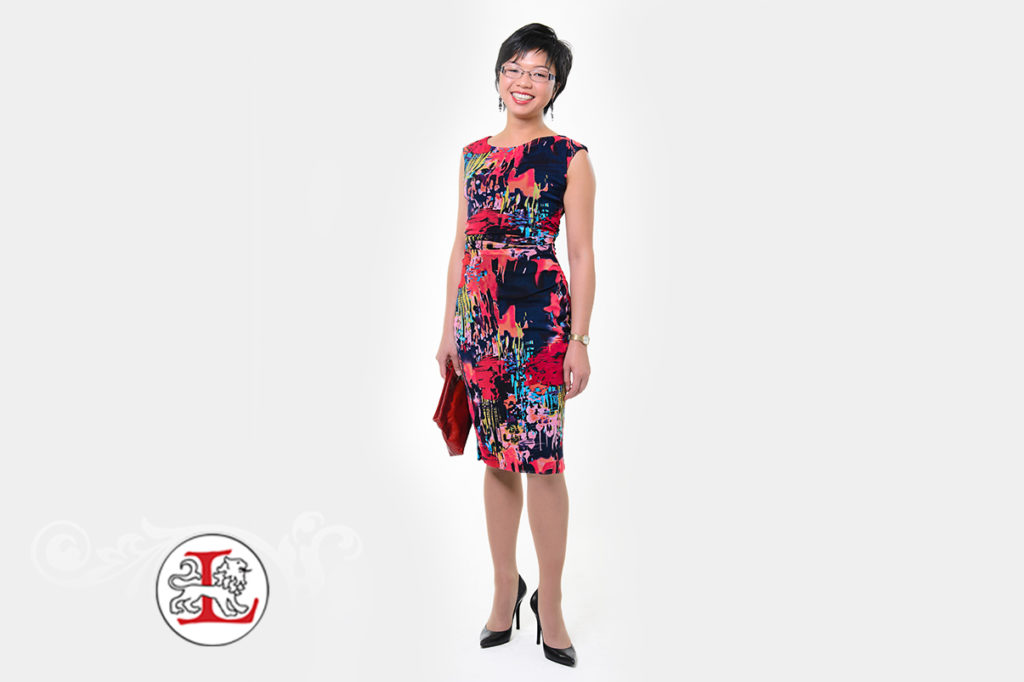
You value being noticed. If you love a dramatic look, keep the color combinations lively and different but scale down the size of prints, accessories, belts, collars and wide lapels.
Creative
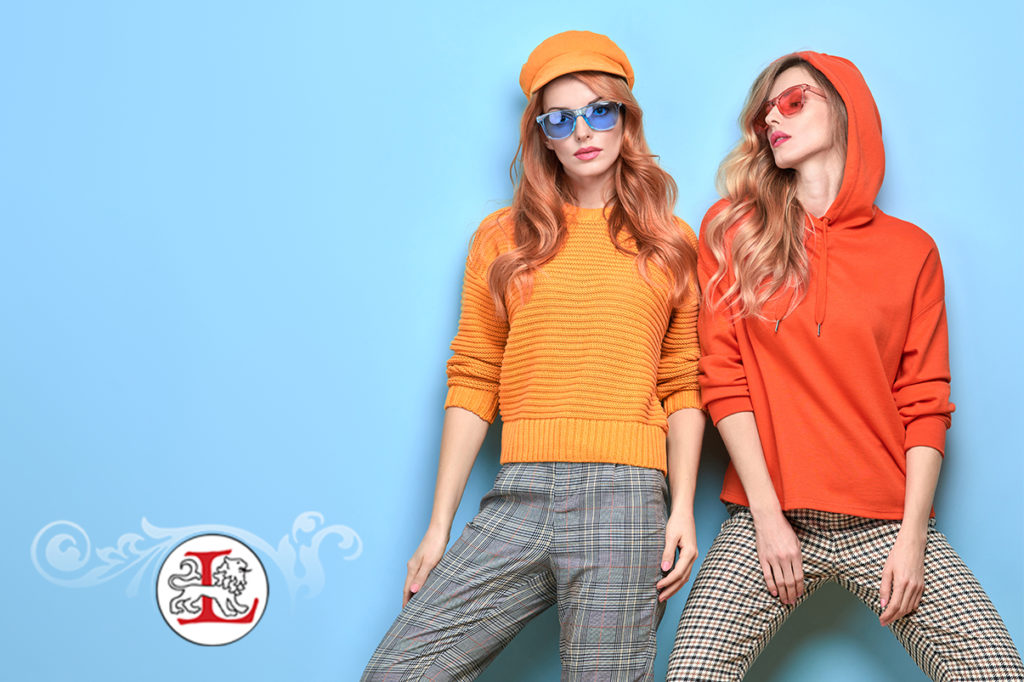
You value your individuality. As you well know, any outfit can have creative touches. You should wear your interesting fabrics, accessories, print and color harmonies but keep your unusual costume looks for out of work and social events.
Alluring
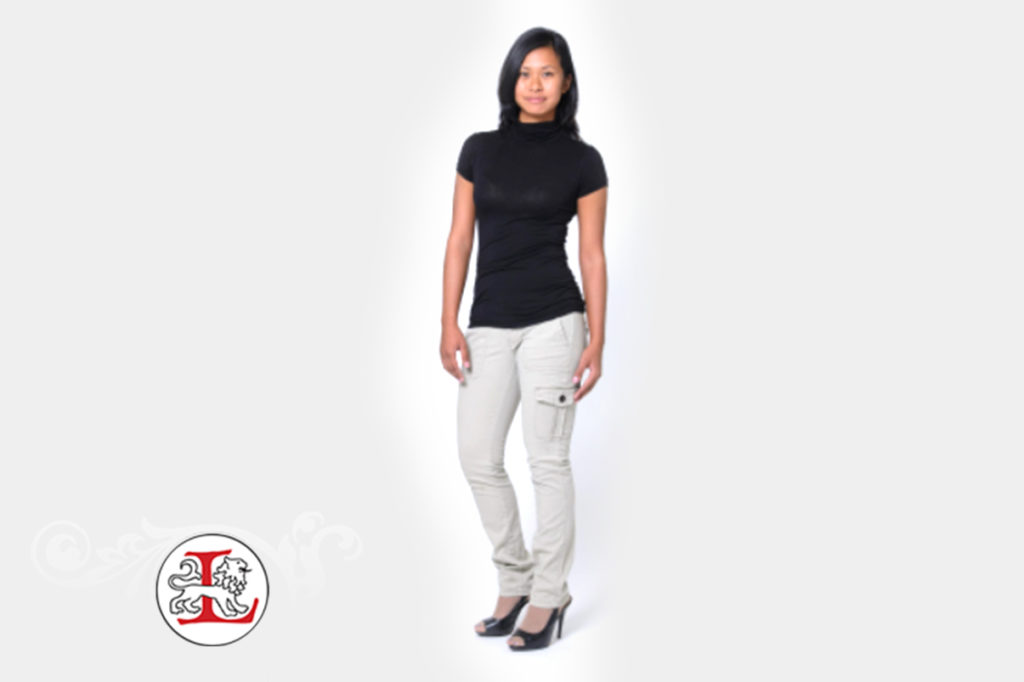
You value your body beautiful. For a professional setting, make sure the fit of your clothing flatters your body but is never too tight, too short or too low. Modify your heel height, the thigh-high minis and the skin- tight blouses.
Step 6: Be confident.
The most important thing to remember when it comes to personal style is confidence. You have to own what you’re wearing and feel comfortable in your own skin. Go ahead and experiment with new looks and be proud of the person you are. After all, your personal style reflects your personality and the messages you want to communicate to the world.
Hire a Professional Image Consultant to Develop Your Image
If you want to develop your image but don’t know where to start, consider hiring a professional image consultant. Image consultants are trained professionals who can help you to develop a personal style that is authentic and unique to you. They can also provide helpful tips and advice on how to dress for specific occasions, how to accessorize, and how to care for your clothing.
Image consulting is a great option for anyone who wants to develop their image but doesn’t necessarily have the time or resources to do it on their own. Contact the London Image Institute to find out more.